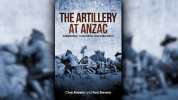Search
Using the filters to the left, click your selection, it will become bold and filter the results, click it again to remove that filter.
The content in this article is an extract of Spotlight Brief 3/21 . From transformation to adaptation: analysing the Spanish military change (2004–2020) Defence Studies – Nov 20 It is often easier to see positives and negatives from outside a changing environment as opposed to while living it. The Spanish military offers such an example for Australia, having pursued similar modernisation and transformation. While the drivers were different, the push to a modern, networked hardened Army in the 2000s and …
A strategic leadership theory of military effectiveness: General Matthew Ridgway and the revival of the US Eighth Army in the Korean War Source: Australian Journal of Defence and Strategic Studies – Dec 20 Strategic leadership is critical to a military, but is a concept that can be difficult to grasp or define. An increase in tactical focus takes attention from understanding the role of strategy and the key elements that make up such strategic leadership. Meiser uses three building blocks – strategy, …

Future Land Warfare Division’s MakerSpace program is quietly creating the foundations for a new generation of creative Army thinkers, ready to meet the challenges of an increasingly complex and uncertain security environment. In this Land Power Forum (LPF) update, we review the program’s objectives and progress over its first 12 months. A recurring theme in commentary submitted to the LPF is the necessity to break the shackles of conventional military thinking. Whether we are capability specialists, …

Tactics, Training and Operations in North Africa 1940-1942 By James Colvin Helion and Company Limited, Warwick, 2020. 261pp. Reviewed by Brigadier Chris Roberts, AM,CSC (Rtd) In this splendid and thoroughly engaging book, James Colvin—a former member of the British Territorial Army's 44th Parachute Brigade—provides a penetrating insight into the British Eighth Army's performance against the German and Italian forces during the North African desert war. It spans the period from General O'Connor's highly …
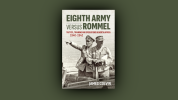
By Thomas Waldman Bristol, UK: Bristol University Press, 2021, 320 pages) Reviewed by Major Andrew Maher Thomas Waldman’s Vicarious Warfare: American Strategy and the Illusion of War on the Cheap , unpacks America’s contemporary employment of military force in conflicts worldwide. On the basis of his analysis, Waldman argues that an operational concept exists, called “vicarious warfare,” which he asserts is a manifestation of a political desire to limit the costs of waging war – financial, political, and …
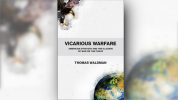
‘Observing how our past appeared when it was the future can help us understand why events occurred as they did, how individuals became prisoners of their experiences and missed what was blindingly obvious to later generations, and occasionally saw what was coming, only to be dismissed by their contemporaries. In short, the future of war has a distinctive and revealing past.’ Lawrence Freedman [1] History is an assessment of events from the past retold in the present. History is often biased; it is both …

In our two previous blogs on MakerSpaces ( Part One and Part Two ) we have taken our readers through a look at the Maker philosophy and a review of its potential utility to the Australian Army. It has always been the intention of our project to examine models for implementation in Army and to conduct a pilot MakerSpace as a practical application of our work. From speaking to universities, a variety of academics and military personnel from around the world—alongside reviewing literature—we developed a …
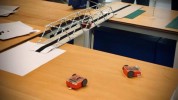
The beginning of this journey could be characterised as an unorthodox approach to solving a problem Army did not know it had. This work was originally designed for Dr Thompson to explore a non-traditional learning methodology but as interest grew, the scope expanded beyond her role as a researcher at the Australian Army Research Centre. This interest and subsequent support allowed her to access people and ideas that would eventually evolve into a yearlong joint research project and a practical activity …

Accelerated Warfare, as the futures statement for Army, outlines the challenges faced in a rapidly changing environment. [1] How we respond to these challenges will be in part governed by how we ‘think, equip, train, educate, organise and prepare for war’. Enhancing the way we think, train and educate is therefore a critical component of preparing our people—individually and collectively—to face future threats in an environment categorised by a multitude of technological innovations arising from …
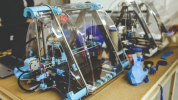
By Chris Roberts and Paul Stevens Big Sky Publishing, 2021, ISBN 9781922387936, 374pp Reviewed by Dr Albert Palazzo The 1915 Gallipoli Campaign features highly in the consciousness of many Australians and New Zealanders. Much has been written on the campaign at Anzac Cove and it must be a challenge for authors to find something that is new, relevant and important to say. When Chris Roberts and Paul Stevens, conceived of their book it must have been a ‘challenge accepted’ moment, a challenge in which they …
